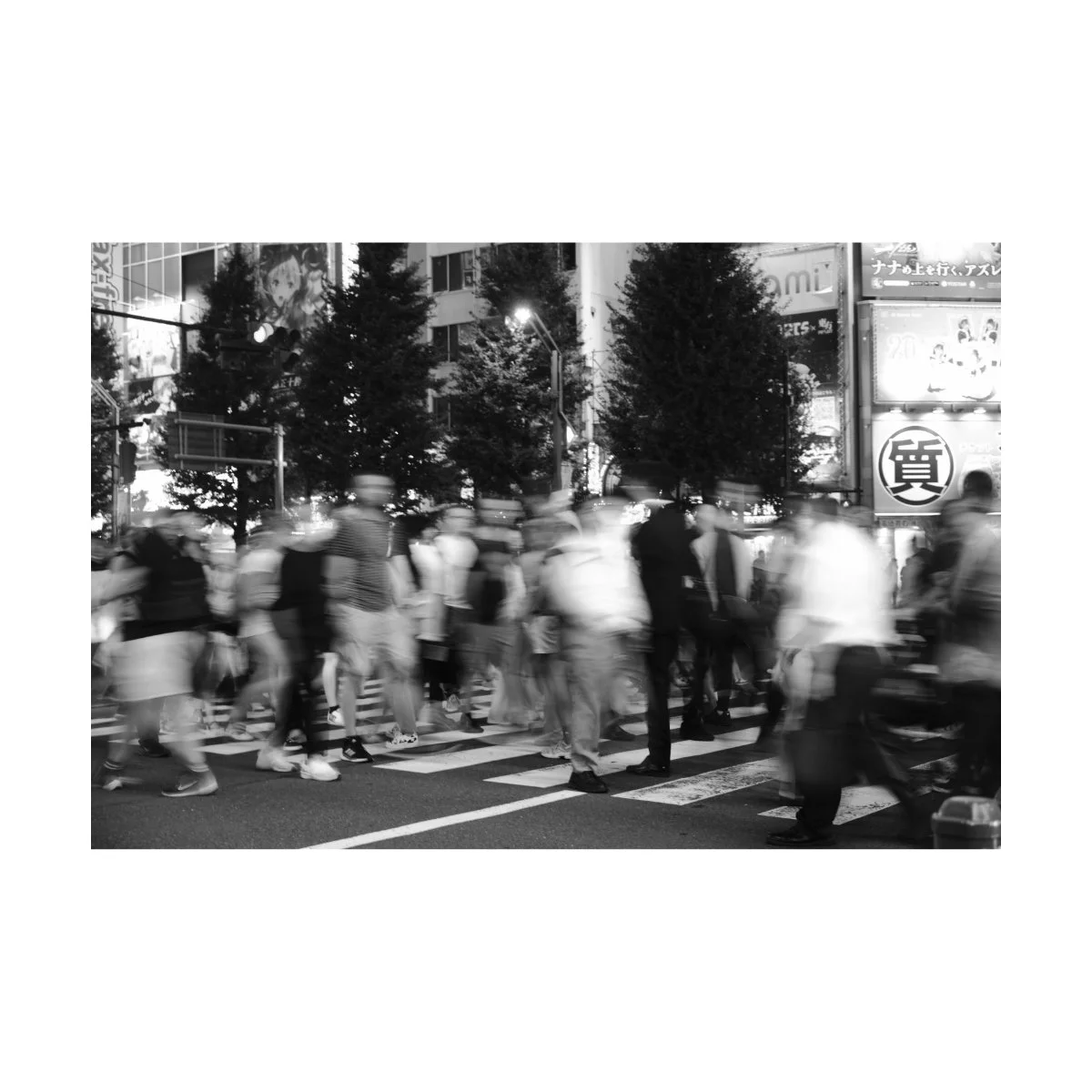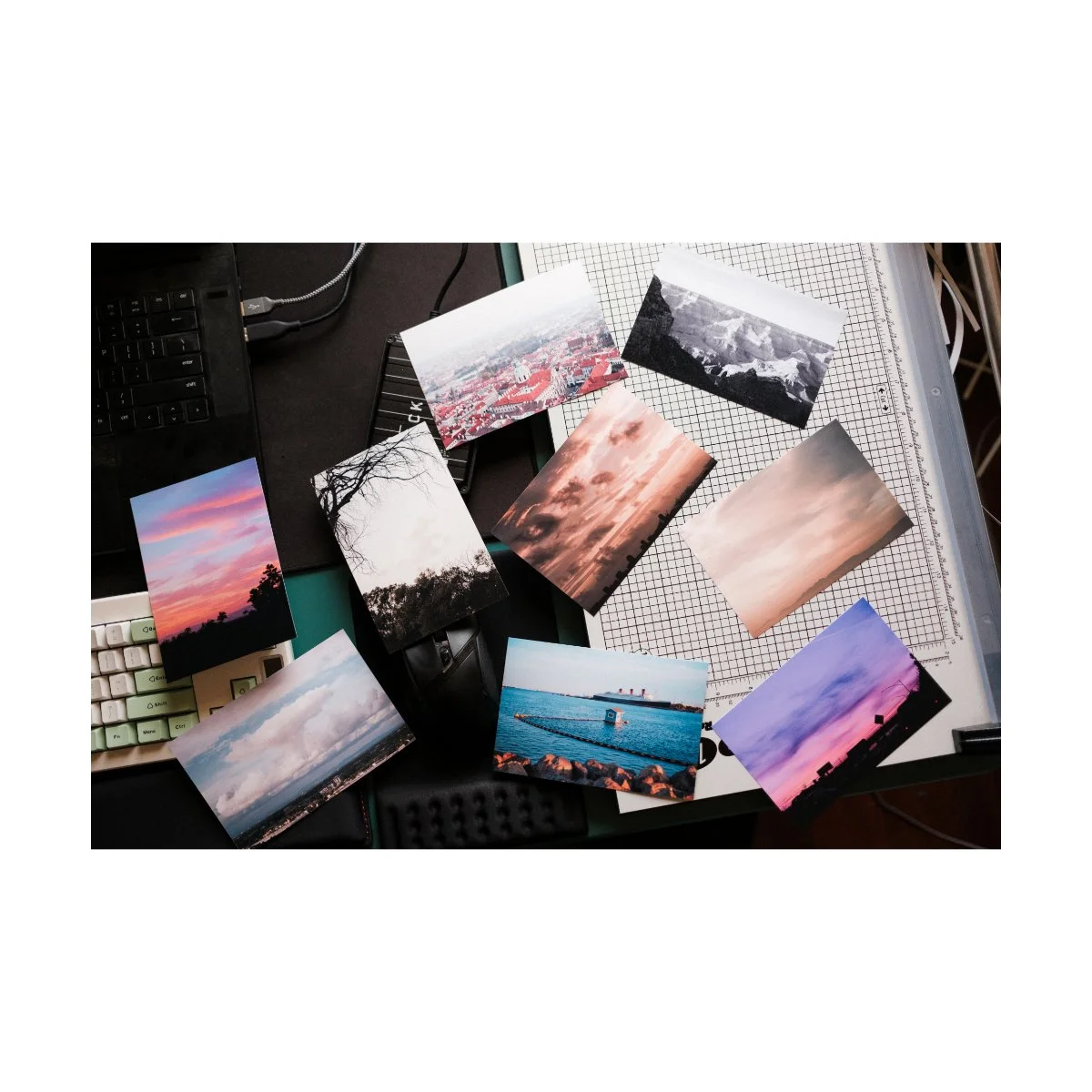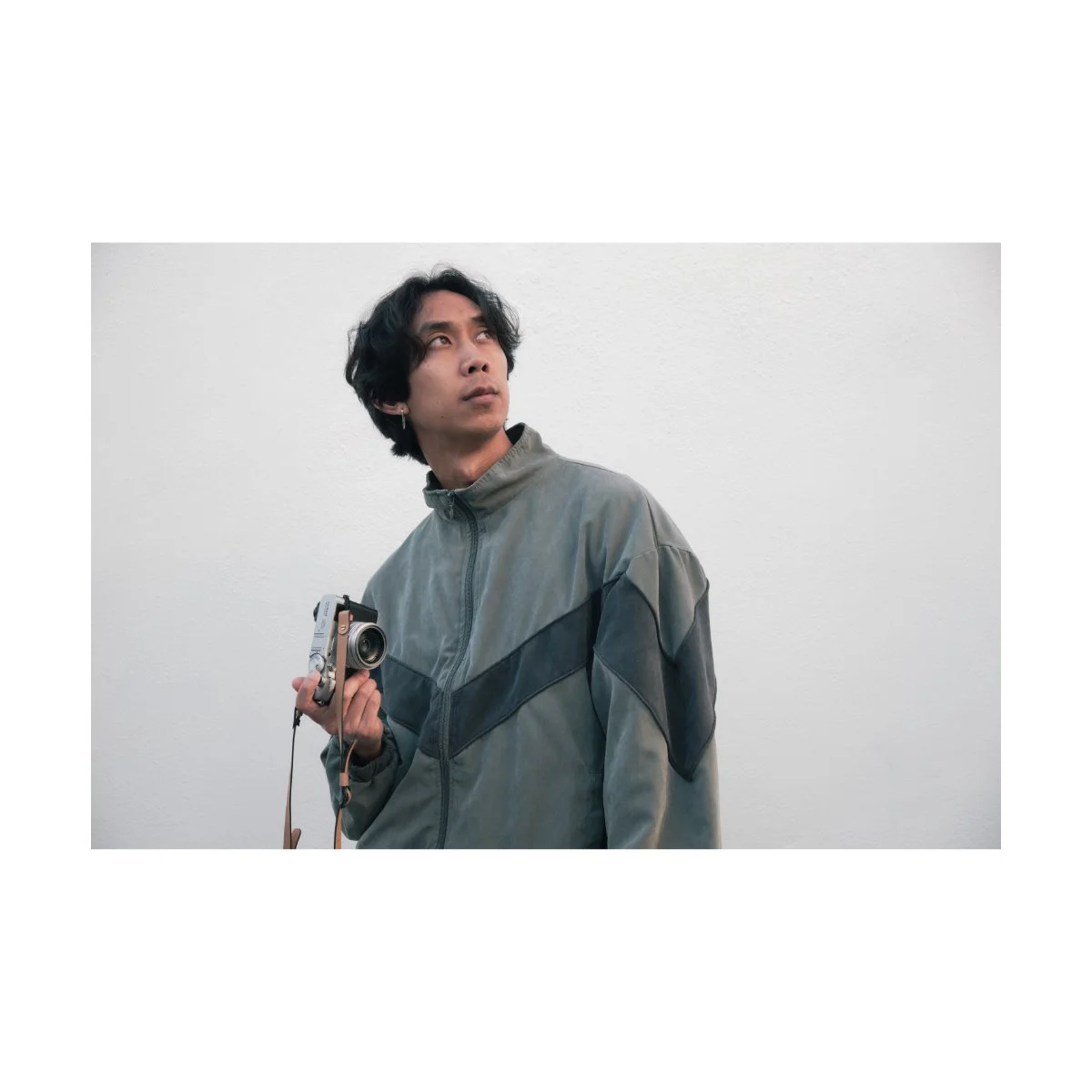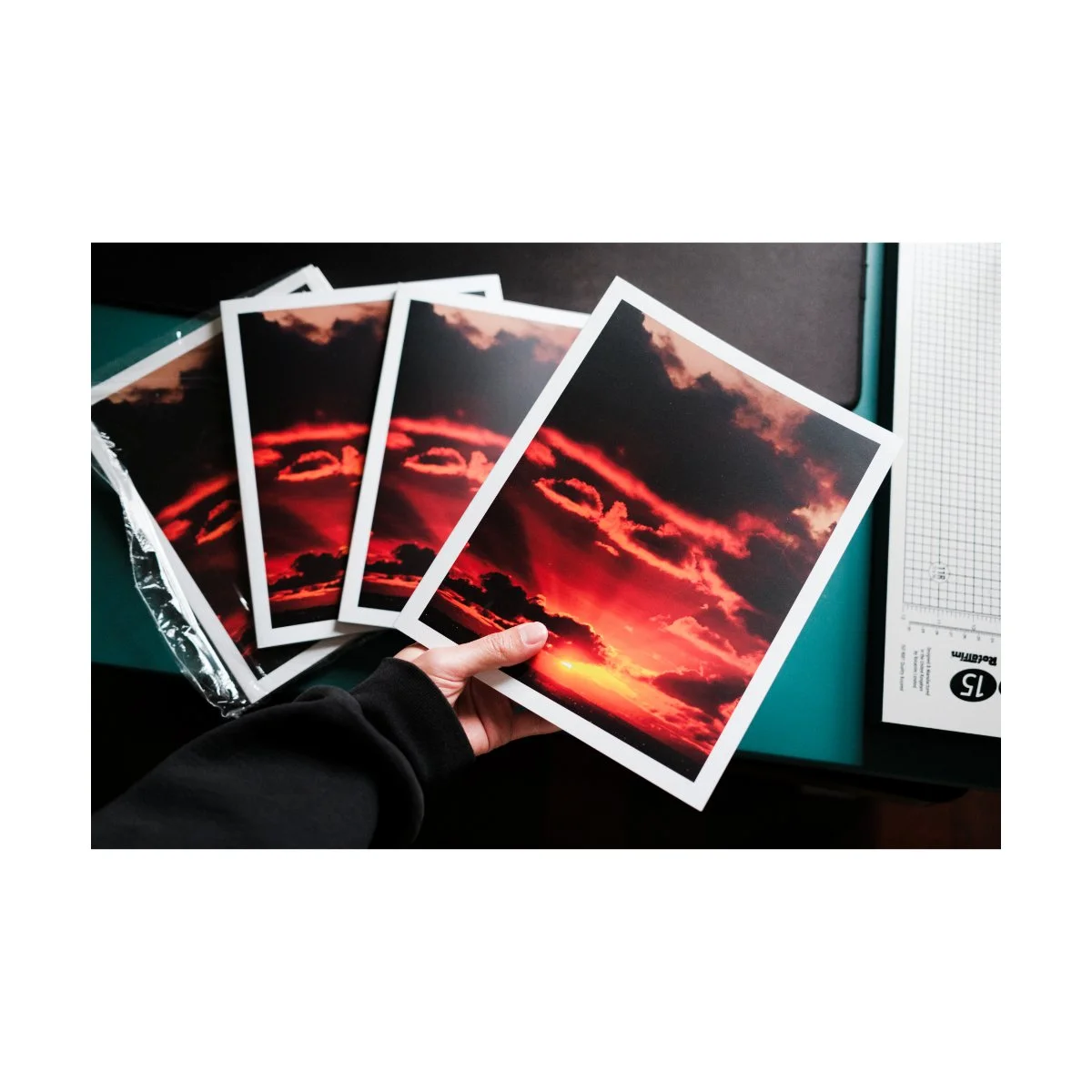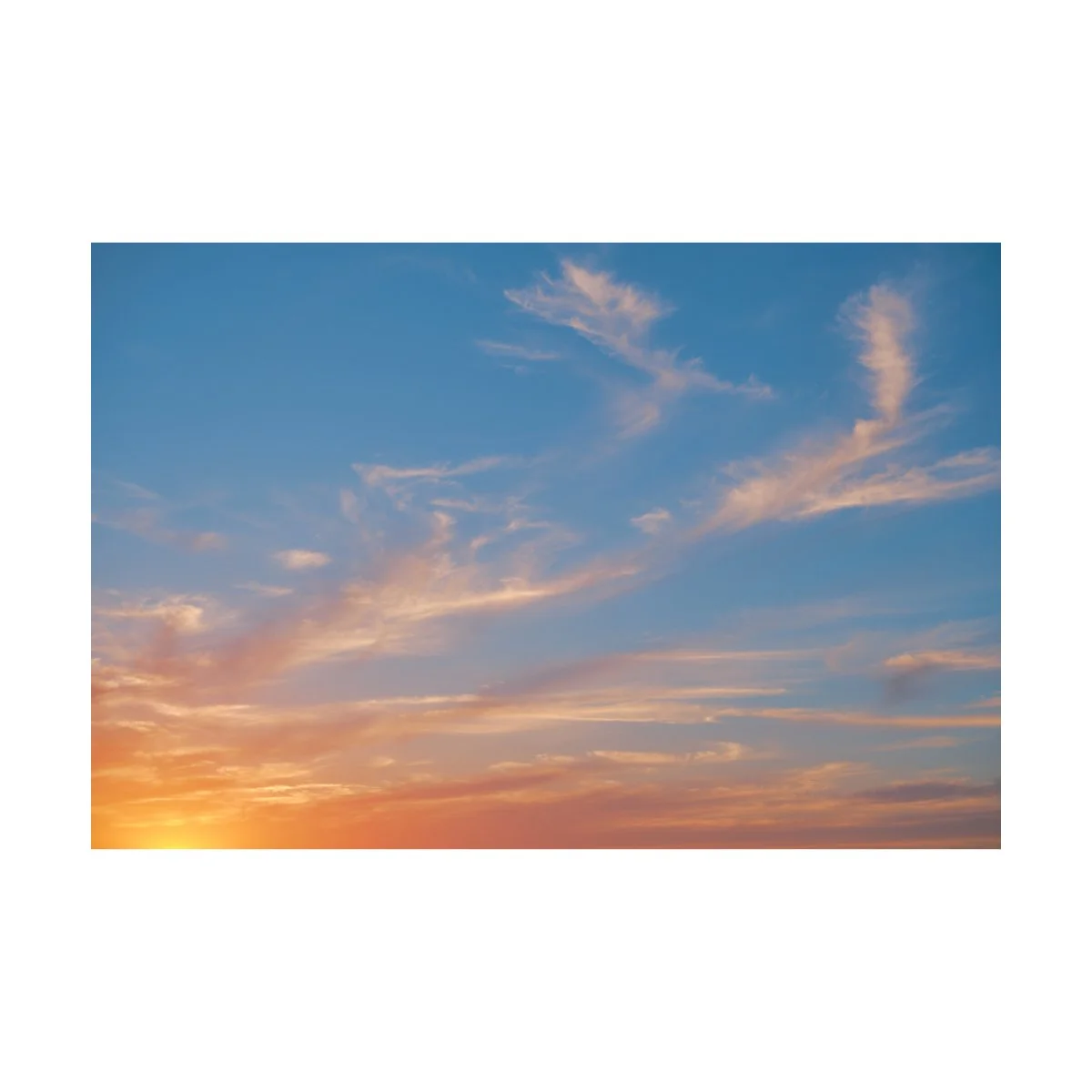The 3-Step System Every Photographer Needs to Grow Fast
If you asked pro photographers, artists, and even athletes how they got successful, many will say similar things.
Responses may vary, of course, but most would agree it takes a lot of work over a long period of time.
That’s the inescapable truth about improvement:
There’s no “easy way” and there’s no “shortcuts” to getting better, even for the naturally gifted.
That being said, improving your photography doesn’t always have to be an uphill battle.
I’ve learned over the years that there are things we do that make improving harder, and things we do that make it easier.
Common sense told me, that if I just kept doing the stuff that made it easier and stopped doing the stuff that made it harder, improving my photography would be streamlined.
Meaning I’d get better faster, waste less time on useless actions, and the only thing I’d have to worry about was the work - not how I’m doing.
Three years (and ongoing) I spent learning and applying different things to my process - and it worked.
I focused better, got less distracted, and had less stress about creative work.
The work became more fulfilling and my photography got better overall.
So, I decided to bottle these lessons up into a digestible format to share without being too overwhelming.
It’s taken me the majority of this year, but it’s with great relief that I’m happy to announce the release of Photography Systems, the next chapter in the course series.
Yep, I’ve been teasing this for a while - and it’s finally done.
If you’re interested in learning more about improving your photography, go to Photography Systems, I think you’ll find it useful.
But for now, I’ll go ahead and share a few of these tips to help streamline your improvement.
Let’s get started.
Build Systems
One of the biggest creative hacks that actually worked for me was learning and creating systems.
What are systems?
Systems, in essence, are a set of processes to get stuff done.
When automated, they become like habits and routines, where you do the stuff without needing to think or try too hard.
Many people already have systems in place unconsciously, but there’s a benefit to learning and defining them for ourselves.
To keep it short, most new photographers just need to get the reps in.
And rather than learn all this technical stuff, they’re actually better off just getting out into the field as much as possible.
The simplest system I often recommend is a quota.
What is a quota?
You can think of a quota like a minimum requirement to reach, either on a daily or weekly basis.
For example, a simple quota system would be 1 photo session a week, every Friday.
Or to go out and and take photos every other day.
Edit photos for an hour every day, edit 200 photos a week.
You can decide the number and interval.
But the idea is to match that quota, not necessarily get “outstanding” photos.
And then, all you have to do is follow that quota, at whatever frequency suits your lifestyle and goals, and over time you’ll see progress.
Of course you can change, alter, and adapt your systems making them more fine tuned to you, but let’s just start with that for now.
This will also train your consistency and ability to keep promises to yourself, which is in my opinion two of the hardest but most important qualities for photographers and people alike.
So build yourself a system, stick to it, and your workflow will become routine.
Again, you can learn more in Photography Systems, we cover tons more on making improvement not only simple and easy, but inevitable.
Self-Assign Projects
In my opinion, one of the hardest things for people to do is to hold themselves accountable.
Most of us need a reason to do something or we won’t do it.
And the reason why many creatives and photographers alike stagnate is because they have difficulties getting themselves to do the things they know they should be doing.
It doesn’t matter if you know you have to go out and take more pictures, or edit the thousands of photos on your hard drive, if you don’t do it.
And if photography’s a side hustle or a hobby, it’s less of a priority in your life, making it even harder for you to take improving more seriously.
And if people didn’t need money to eat, survive, and buy the stuff they want, they might not even work.
Right?
If you weren’t getting paid, would you even go to your job?
This isn’t me saying you have to make art your life, but I’m just pointing out the obvious:
The more you prioritize something the more time and effort you’ll put in, which will lead to more results.
With that in mind, we can see how difficult it is to incentivize ourselves to do photography related tasks.
We’re not getting paid for it, it’s not high on the priority list, and it’s a lot of work.
That’s why creating systems like a quota helps - because it forces us to be accountable.
But the next step, to counter this, is to learn a very important skill: “Self-assignment”.
What is self-assignment?
Self-assignment is simply giving ourselves a project to do.
This can come in the form of an Instagram post, a YouTube video, or a photobook.
Self-assigning projects gives us a reason or incentive to do something.
Because now we’re no longer taking and editing 100 photos arbitrarily.
We’re doing it for the Instagram post or this photozine we want to make.
There’s a goal or purpose in mind, and that compels us.
In that process, we get a lot of reps in.
In the making of my last zine “The Sinking Sun”, I must have taken and edited hundreds or thousands of photos.
And I made multiple drafts back and forth to get the best result at the time.
Each one of those iterations is another “repetition” and makes me better.
And by simply making one book, I’ve done a ton of reps to build my overall photography skill.
We still have to do the work of course, and building a book isn’t the easiest thing to do.
But that’s the power of self-assignment and how we can use it in accordance with systems to streamline our improvement.
It’s a method I’ve been using for years - and it works.
And by the end of the year, I can look back and realize I did a lot more than I initially intended - because I used my imagination, gave myself a project, and created for something.
Create Soft Deadlines
When it comes to self-assigned projects, the next problem we run into are deadlines.
In any creative field it’s hard to estimate how long something will take.
And it’s often we’ll greatly undershoot - we think something will take only 6 months but it actually takes a year.
Plus, there are many examples of artists like Leonardo da Vinci who’ve spent their entire lives on certain pieces.
He’s an example of someone who worked open ended - preferring to prioritize the perfection of the piece over how long it took.
If that works for you, great, but that was debatably also one of his biggest weaknesses.
Many patrons and sponsors didn’t like Da Vinci because they never knew if he’d deliver.
Personally, I’ve found “soft deadlines” to be a game changer in my photography workflow.
What are soft deadlines?
Soft deadlines are a fake or early deadline you create for yourself to speed up your work.
Ideally you want to meet the deadline, but if you miss it, the world doesn’t end.
Why do deadlines work?
Well, think back to high school when you’d write essays for History or English class.
The teacher would give you a month to do it, and you’d wait until the very night before, when you’d lock in and finish the whole thing in less than an hour.
Why were you so effective with your time at the end, but the previous 30 days you did nothing?
Well it’s simple - it’s because the essay was due the next day.
So a “soft deadline” would be giving yourself a week, a day, or less to do the essay - instead of a month.
This works because contrary to what many believe, motivation and inspiration aren’t the most productive tools for creatives.
Sure there are moments when things are beautiful, everything’s clicking, and we get a lot done.
But how rare are those moments?
Pretty rare - meaning we can’t always rely on them.
Rather, our brains work best when it needs to.
When there’s a necessity or urgency for you to deliver, your brain will fill the gaps and figure out how to get the job done.
That’s why that essay was so easy to write the night before - because it was due the next day.
Now imagine if you could focus like that every single day - you could probably write an essay a day, and 30 essays a month.
Creating soft deadlines on projects you know you can finish sooner, you’re just procrastinating, will shorten the amount of time it takes for you to do things.
Some may argue that this is stressful - having all these deadlines and things to do every single day is tough.
But I’d argue the opposite is even more stressful.
You get way less done, you always have unfinished work sitting in the back burner of your mind, and you feel bad for not doing it.
Personally, I prefer the stress of getting creative work done rather than the stress of not getting it done.
By applying soft deadlines, not only will you get a lot more done, you’ll actually get better faster.
We talk about this in Photography Systems, but for creatives, real progress is made through iteration, not perfectionism.
It’s in the successive doing of things, experimentation, and continuous work that one learns and grows - not in the spending of an inordinate amount of time perfecting one thing.
Even Da Vinci, while many projects simmered on the back end, never stopping iterating on other works and art studies.
He was always trying something new, and when he found what something needed, he went back and made that adjustment.
He was a perfectionist, but unlike other perfectionists, he never stopped working.
So try it out for a while - give yourself shorter soft deadlines on your self-assigned projects.
Instead of a month, try 3 weeks, or 2 weeks, or one.
You’d be surprised at how much faster of a pace you can go, and you’ll get way more done because of it.
So in essence, how do you streamline your photography improvement?
First, build yourself a system.
That way, as time passes, progress is getting made, and you’re just focusing on what you have to do, not the mountain you have to climb.
Second, self-assign some projects.
We’d love to perform without purpose, of course, but it’s also not that hard to give ourselves something to work on.
It can be whatever you want - an Instagram thing, a blog, or a photography zine.
Doing the project itself will give you countless reps and improve your photography.
Third, give yourself some soft deadlines.
You can do much more in much less time than your realize if you cut out all the distractions and procrastination from your life.
And making a soft deadline will keep you accountable while also not being too pressureful if you miss one.
All of these combined should streamline your photography improvement because then you’re focused on the work, you have things in place to keep you accountable and headed in the right direction, and you’re actually making stuff out of it.
From there on, repeat the cycle, fine tune your systems and processes, and rinse and repeat.
I hope you found this helpful, share this with a friend, and be sure to check out Photography Systems if you wanna learn more in-depth about improving your photography.
If you need something more basic and foundational, go to Photography Essentials - that one’s free.
We also have new prints, new merch, and photography zines for sale.
Thanks for reading, have a good one.
